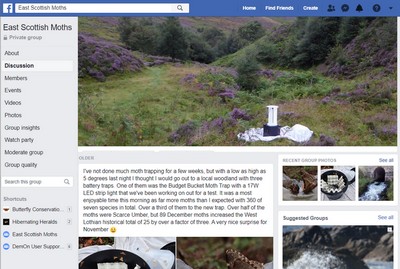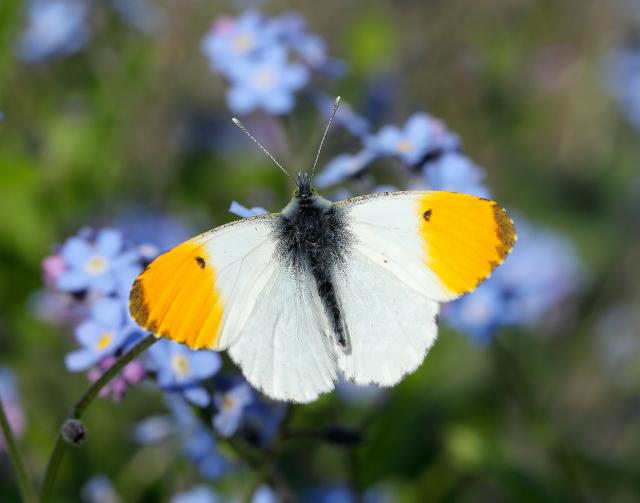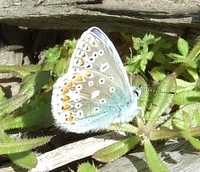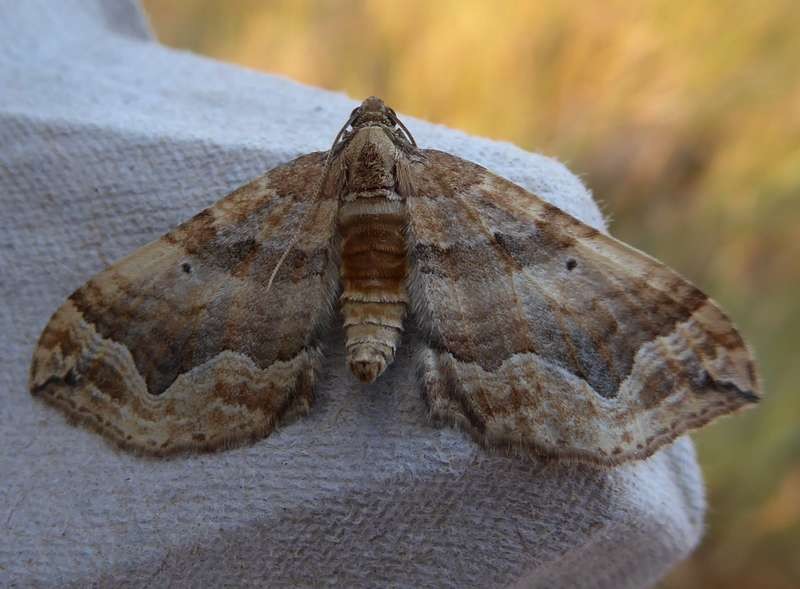Recording butterflies and moths in East Scotland is essential for their conservation.
From sending in occasional sightings in your garden to taking part in regular surveys or monitoring, anyone can contribute. Every record counts! The more information we have about the distribution and abundance of butterflies and moths in our countryside, the better we can determine and plan conservation priorities.
 |
 |
 |
What's been seen and informally sharing your own sightingsIf you have seen or caught a butterfly or moth then why not share this with other branch members? It might be your first sighting of a species for the year, your first ever, or just a cracking photograph! To share your sightings, thoughts and queries or to find out what others are seeing then visit our East Scottish Butterflies Facebook Group or our East Scottish Moths Facebook Group. Scotland also has the popular ScottishMoths email forum. This is particularly useful for those difficult identifications and also has discussions on all aspects of moth ecology and recording. |
Getting started with butterfliesThere are about 30 different butterfly species that can be encountered in the branch area and it can become addictive trying to seek them out! Some occur quite widely but others are much more specialised and only found in certain habitats. A good field guide will help you get to know what to look for at different times of the year or you download one of our informative regional guides. If you have seen a butterfly that you do not recognise you can try Butterfly Conservation's Identify a butterfly page. You can also join the branch's active and friendly Butterfly Facebook group to see what others are finding and ask questions. The branch area has many good places to visit to see butterflies. We have details of some shown on a map of suggested butterfly sites. |
Butterfly recordingAll butterfly records from the branch area are welcome, including those of our more common species which can be valuable indicators of change. By collecting information on butterflies from many and varied sites we can start to gain a true picture of their distributions. In addition, Butterfly Conservation has several butterfly monitoring surveys you can contribute to. These usually take place annually and collect information about changes to individual populations or sites over time. Records should be sent in as soon as possible, so that we can update our database. The preferred method is to use the Butterflies mobile app or Butterfly Recording Online from your computer. Recent Butterfly records from across the branch. can be viewed on an iRecord Recent Records. You can also use this document and email or post to your local butterfly recorder. Click the link below to find their contact details. |
 |
 |
 |
Finding mothsMoths can be found throughout the year, though the greatest variety are seen in summer months. A few of our moths are daytime flyers and best looked for as they fly about in warm sunshine. If you have a keen eye, some nocturnal species can also be discovered resting in sheltered spots on fences, walls or trees by day. However, for the majority of species the best time to go looking is after dark. There are a number fun and easy methods to try and you might be amazed at what you find! For more information visit our finding, seeing and catching moths page. East Scotland branch also organise a number of moth events during the year. These are a fantastic introduction to moths and moth trapping. The Events page is updated throughout the year, so keep checking back to see what is going on near you. |
Identifying your mothOur Moths of the Month photo pages for each vice county in Scotland are a great help in narrowing down the most regularly seen moths in your area that are flying at the time of your observation. The Scottish Moth Maps and Flight Times page is also a useful resource. Scotland has a very friendly and helpful moth community and, if you have a photograph then there is a Facebook group and email forum available too. The Scottish Macro Moth Status list is a useful reference. There are also some very good field guides for UK moths. These include:
|
Moth RecordingMoth recording is an important part of Butterfly Conservation's work and we are very keen for people to send us records of moths seen within the branch area. Each county has a County Moth Recorder who is responsible for validating all submitted records before sending them on to the National Moth Recording Scheme. Submissions should be made preferably using our Excel recording spreadsheet. A template submission form can be downloaded from the link below. Some County Moth Recorders also accept records submitted via the iRecord Moth Recording form, but please check with your own Recorder before using this. Click on the tab below to find their contact details. |

